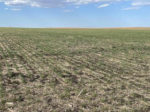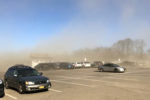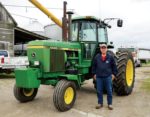Advertise Follow Us
Items Tagged with 'wind erosion'
ARTICLES
No-Till Providing Efficient ‘Toolkit’ for Solo Farming
Switching to no-till has helped Mike Conner combat erosion, minimize expenses and reduce labor while producing solid yields and protecting the land.
Read More
Saving Sandy Soils and Pushing No-Till Productivity
With no-till protecting their soils from erosion, the Schlarmanns are focusing on fertility, soybean yields and soil microbial activity.
Read More

.jpg?height=125&t=1654194174&width=150)










